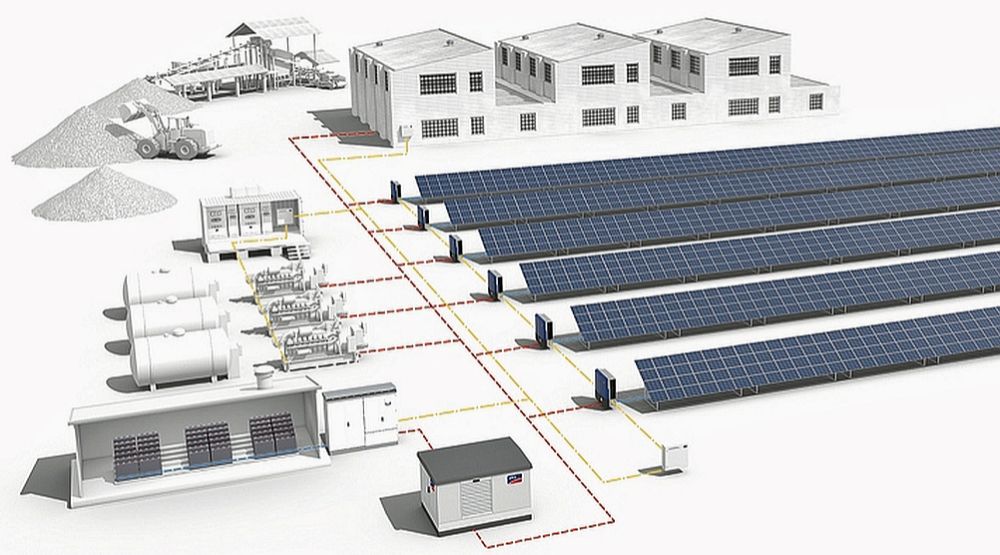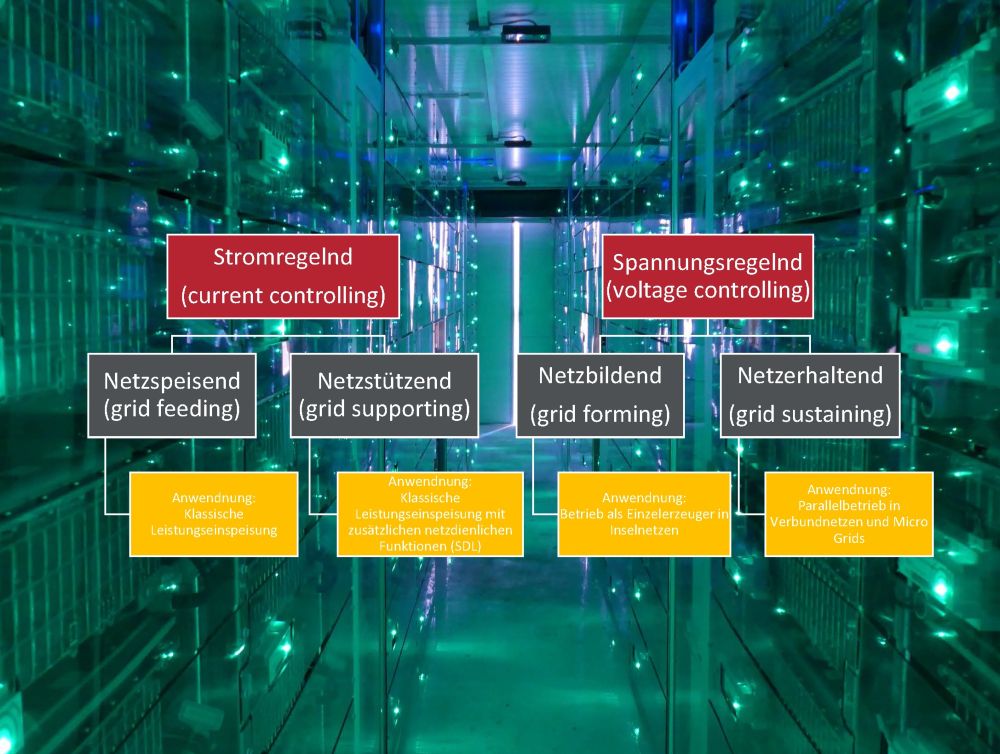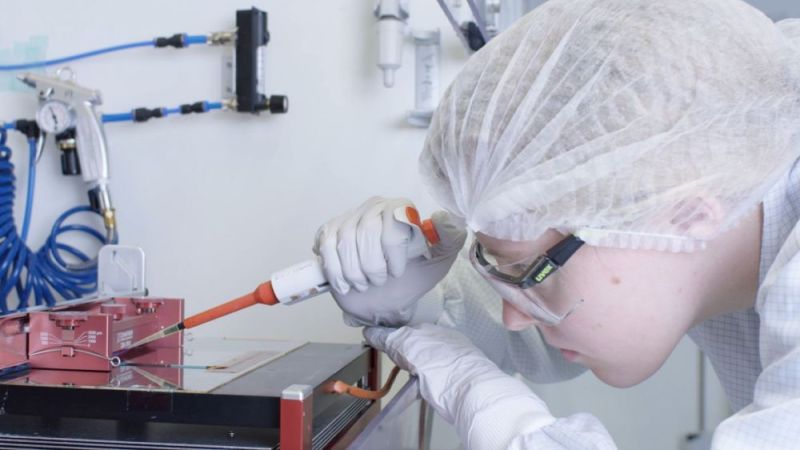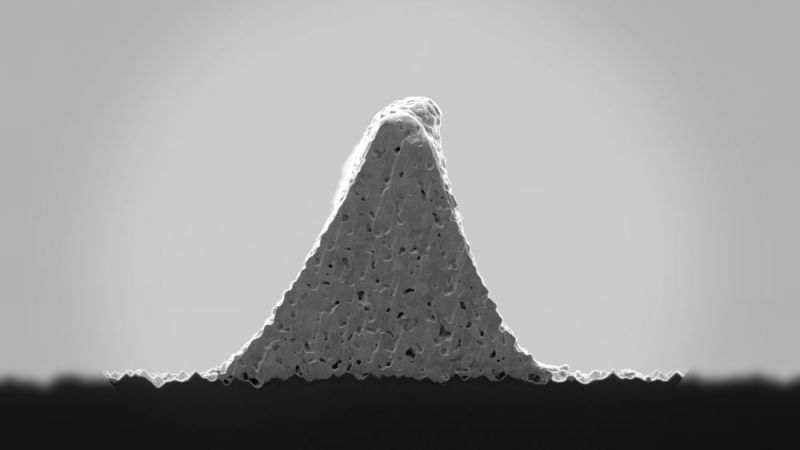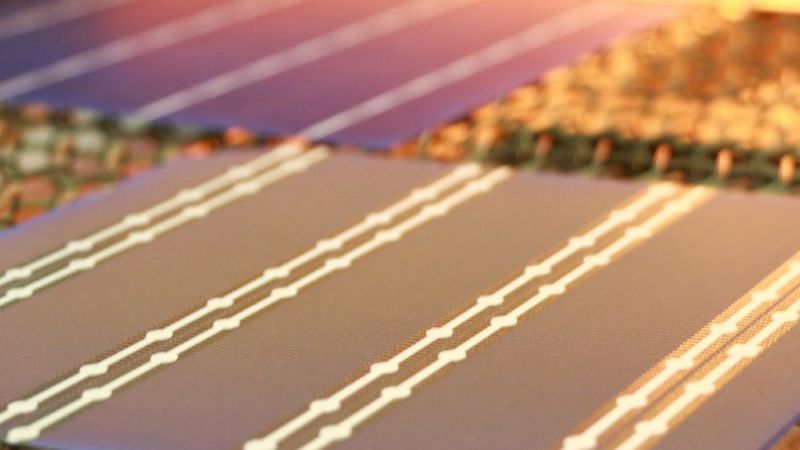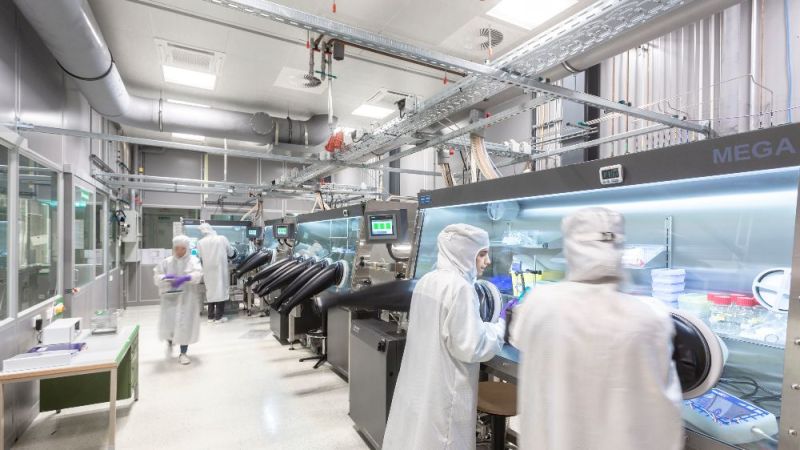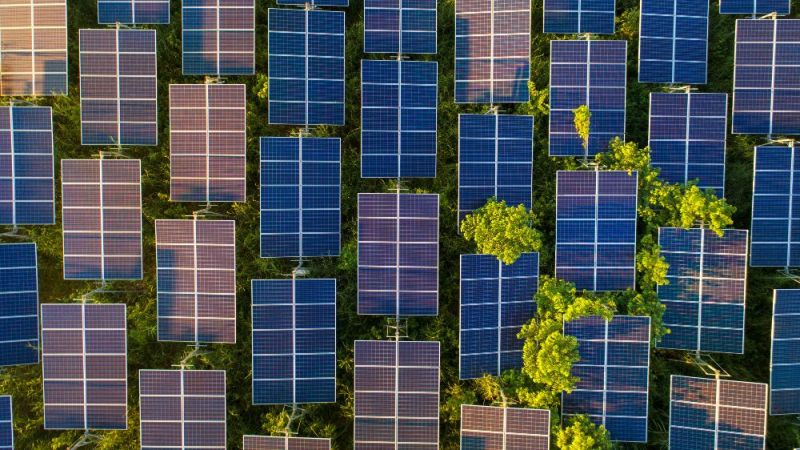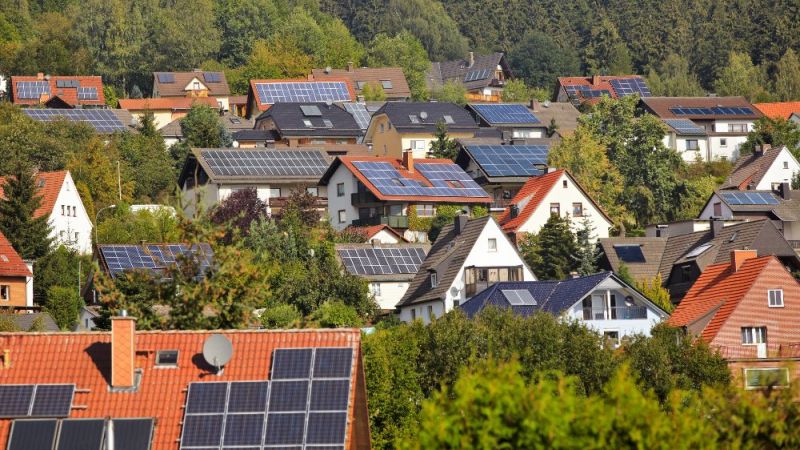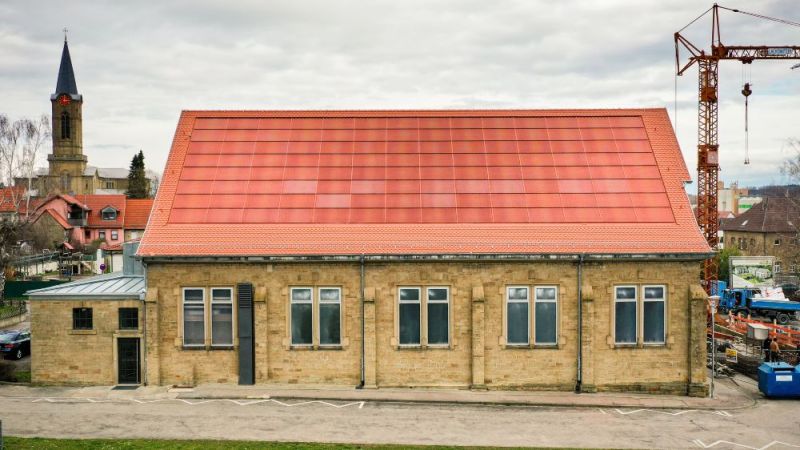Photovoltaics
Electricity from photovoltaics stabilises power grids
The share of renewable energies in the electricity grid is growing continuously. In addition to electricity generation, future photovoltaic power plants must therefore also make a greater contribution to balancing fluctuations between the supply and demand: they will perform functions to stabilise the electricity grid that conventional power plants have performed so far. How a reliable power supply can be implemented with a hybrid power plant that optimally combines photovoltaics and fossil-fuel power generation was investigated by researchers in the PV Power Plant of the Future project.
Project context
In contrast to the provision of power by generators in conventional power plants, PV power plants do not yet contribute to maintaining the grid characteristics, in particular the grid frequency. PV power plants cannot provide these necessary grid services because no reserves are maintained. Their inverters are designed to feed as much electricity as possible into the grid. In 2017 renewable energies already accounted for 33 per cent of the gross electricity generation in Germany and, depending on the weather conditions, sometimes even more than 50 per cent.
It is therefore necessary that renewable energies also increasingly contribute to the stability of the electricity grids in the future and secure the supply with grid services. Connecting a battery storage system provides additional power that is immediately available in the grid if required. This enables such plants to compensate for sudden congestion in the grid, for example when a large power plant is disconnected from the interconnected grid.
At present, conventional power plants take on this task.
Research focus
As the most important technical innovation, future PV power plants will be able to take over tasks such as providing the grid management for the power supply and thus replacing conventional power plants. In a project coordinated by the PV project developer Belectric, the research teams are supplementing and modifying the technology and control of the new PV power plants. This includes expanding them to include battery storage, enabling the PV inverters to operate in dual mode with the PV and battery, integrating diesel generators, enabling the integration of any other generators and developing new planning and control software. The aim is to use these systems to provide both power for the electricity grid and various grid services. In addition, the project partners want to reduce the system and operating costs of these power plants and improve their performance and longevity.
Innovation
The project partners have enabled the individual components and their interaction between the PV, battery and other generators to be system-supportive, including for standalone network operation, and have developed software for cost-optimised design. This hybridisation will lay the foundations for primarily inverter-fed grids in the future.
The focus here was on:
- Switching between grid-forming/grid-following
- Developing a system (SCADA) for remotely monitoring and controlling the plant and data acquisition
- Further developing the PV and battery, in particular to reduce costs
Results
The inverters and inverter regulation were adapted by the research teams to the tasks required in the future European interconnected grid, i.e. to take over standard grid services right up to the instantaneous reserve. In future, the new inverters will be able to successfully replace the function of conventional generators; only the overload capacity is limited to 20 to 30 per cent.
In addition, the partners expanded the functional spectrum of the inverters and battery storage. This also guarantees the black start capability, i.e. the ability to start the power plant and other connected standard generators independently of the power grid.
Plant optimisation: Reducing costs, increasing performance
The new SCADA system (Supervisory Control and Data Acquisition) as a tool for monitoring and controlling the power plant enables the operation of all components to be monitored and their performance, operational readiness and data to be recorded and displayed.
Another new tool reduces maintenance costs. It is used to identify defective modules that need to be replaced. With it, technicians can measure the voltages of each module in the string directly during operation without contact in order to determine the ageing status. This is because a single bad module reduces not only the voltage in its own string and thus the yield – the voltage of all parallel strings is also no longer at the optimum operating point. It was previously considerably more time-consuming to determine the exact state of an individual module. To do this the entire string had to be removed from the grid and all modules had to be measured at great expense.
PV hybrid power plant for autonomous grids
Whilst PV power plants in Europe are currently still feeding into a rigid grid dominated by conventional power plants, they already have a strong influence on the system stability in weak grids and standalone systems. Owing to the growing share of renewable energies in the electricity grid, they are expected to increasingly contribute grid-stabilising and grid-forming properties. Free-standing PV power plants provide good conditions for this, as they are large enough to be integrated into the energy suppliers' plant control and monitoring systems.
As a first step, the research teams investigated principles and components for small, partly autonomous networks in future markets. The new hybrid power plants designed for this purpose must provide power at all times. Battery storage systems therefore complement the photovoltaic installations. The first plants had an order of magnitude of around one megawatt hour; current lithium-ion energy storage power plants already provide several dozen megawatt hours. In addition, conventional generators such as diesel and gas gensets can be adapted for use in hybrid power plants.
The engineers built a corresponding hybrid power plant in the Horn of Africa. They designed the combination of PV, battery and diesel generator with the aim of keeping fuel consumption and electricity generation costs as low as possible. On average, around 80 per cent of all energy comes from renewable sources every day. The grid-conserving mode of operation of the battery inverters means that the diesel generator only starts up at night. This enabled it to be designed smaller and its service life increased. This also helps to save costs.
Last updated: 20.12.2018


